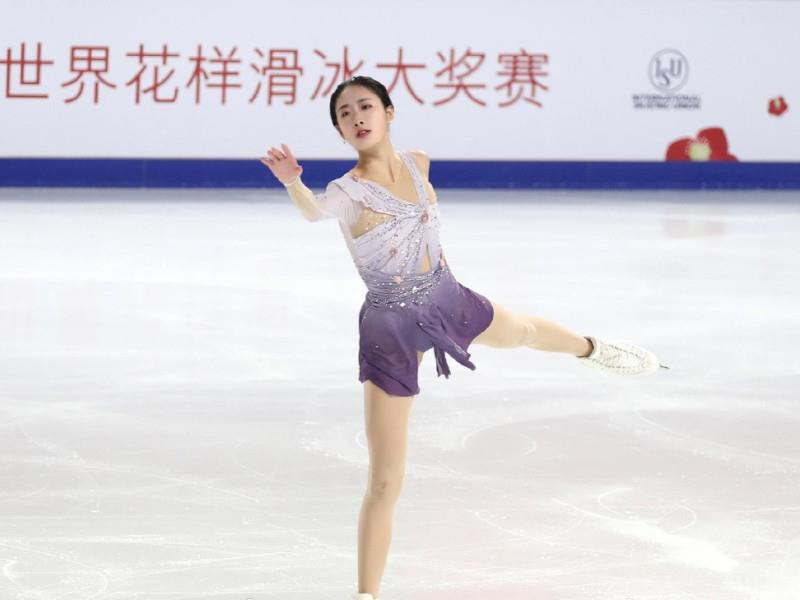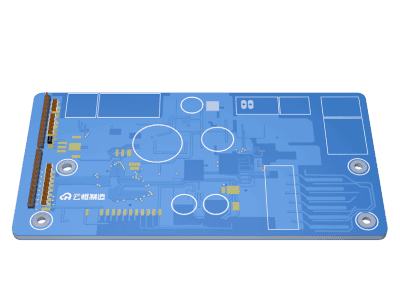Title:TheBeatofElectronicMusic:UnravelingtheAbbreviations(电子音乐英文缩写)
Electronic music, a genre born out of experimental sounds and technological advancements, has become an integral part of modern rhythms. Its journey began in the late 19th and early 20th centuries, when innovators like Thaddeus Cahill and Leon Theremin developed pioneering electronic instruments. These early devices laid the foundation for what has become a staple in contemporary music production.
The Tapestry of Electronic Dance Music (EDM)
At the heart of EDM lies an intricate tapestry of sounds, with each thread representing a distinct style or subgenre. From trance to dubstep, each possesses its own unique sonic signature. This diversity is reflected in the abbreviations used to describe them—a shorthand that encapsulates entire musical landscapes within a few letters.
Decoding the Language of Electronic Music
For those uninitiated, the plethora of acronyms in electronic music can be perplexing. Terms like IDM (Intelligent Dance Music), UKW (UK Wonky), and Chillwave serve as signposts, guiding enthusiasts through a vast sonic wilderness. While these abbreviations may seem arbitrary, they are testament to the ever-expanding universe of electronic music, where each combination represents a community, sound, or movement within the broader whole.
Behind the Scenes of Live Performances
Live electronic music performances are a spectacle of light, sound, and energy, with DJs conducting a symphony with turntables and synthesizers. Behind the scenes, an array of terms such as MIDI (Musical Instrument Digital Interface), VST (Virtual Studio Technology), and DAW (Digital Audio Workstation) power the magic. These acronyms represent the tools and technologies enabling artists to create and perform their electronic compositions.
Collaboration as a Cornerstone
Collaboration is a cornerstone of electronic music, where producers and artists from across the globe bring tracks to life. In this process, terms like Remix, Bootleg, and Mashup emerge, each playing a vital role in the lexicon of shared creativity. They symbolize the reinterpretation and reimagining of existing music, breathing new life into familiar tunes.
The Rhythmic Vocabulary
Beatmatching, syncopation, and groove—these terms form the rhythmic nomenclature that defines how electronic music moves bodies on the dance floor. They set the pulse for revelers to lose themselves in the hypnotic waves of sound, transcending language barriers to speak directly to the primal urge to move.
The Business of Beats
In the business realm of electronic music, terms like licensing, royalty-free, and copyright come into play. These legal frameworks guide artists and producers, ensuring their creations are rightfully compensated and protected. This reminder underscores that amidst the ethereal nature of music, tangible laws govern its use and distribution.
The Fandom and Its Vocabulary
Fans of electronic music have their own set of terms—Plug, Banger, and Earworm—that embody the communal spirit surrounding the genre. These phrases are used by enthusiasts to express their appreciation for the music they love, highlighting the power of electronic music to unite individuals under a common sonic umbrella.
Conclusion
As electronic music continues to evolve, its vocabulary also grows. Understanding these abbreviations and terms deepens appreciation for the complexities and nuances that make electronic music unique. It’s a language that connects creators, performers, and fans alike, binding them in a shared passion for the beats that move us all.



















